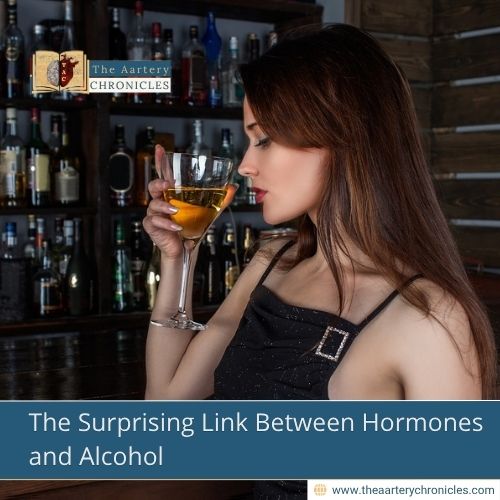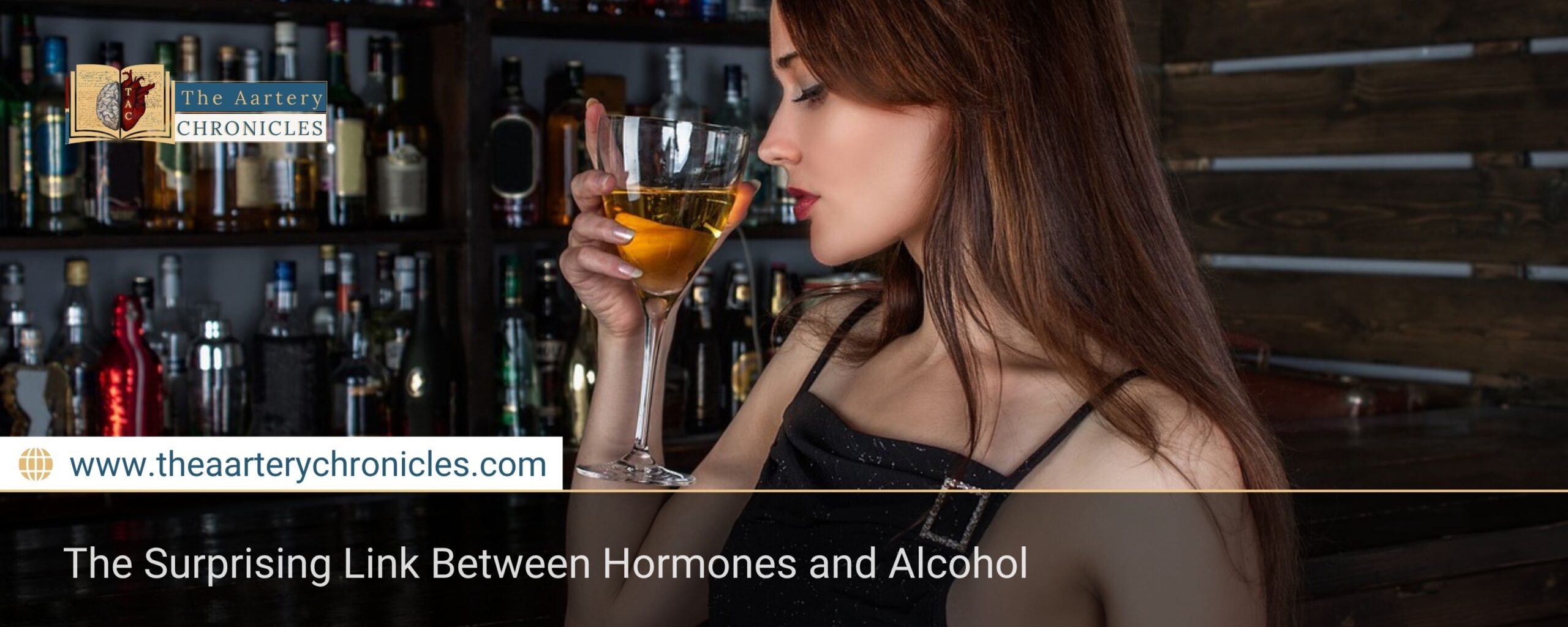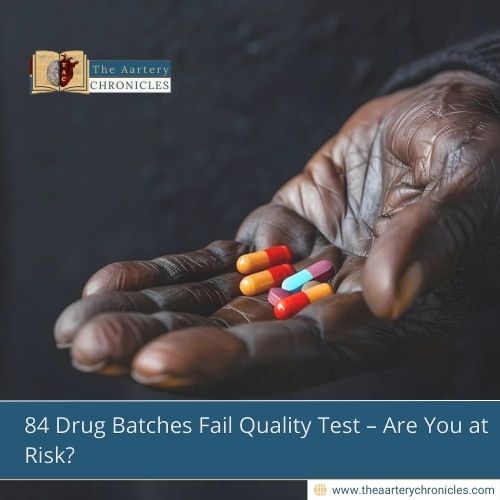

The Surprising Link Between Hormones and Alcohol
A recent study has found that hormonal changes throughout the menstrual cycle could impact when women are more likely to crave or consume alcohol. The research was shared at the Research Society on Alcohol’s annual scientific meeting, held June 21–25 in New Orleans.
Led by Layne Robinson from the University of Kentucky, the study focused on how natural hormone changes affect alcohol intake and cravings in women. It specifically looked at young adult women or individuals assigned female at birth who were not using hormonal birth control.
Study Details
The research involved 61 naturally cycling women aged between 21 and 35. All participants reported drinking alcohol at least twice per week. Over 35 days, they gave daily saliva samples so researchers could measure their hormone levels and track their menstrual cycle phases. They also reported their alcohol use and cravings.
What the Study Found
Using a statistical method called generalised additive mixed models, the researchers discovered that alcohol cravings varied significantly depending on the phase of the menstrual cycle:
- Mid-follicular phase (after menstruation starts): Cravings began to increase.
- Late follicular to periovulatory phase (around ovulation): Cravings temporarily decreased.
- Mid-luteal phase: Cravings rose again.
- Late luteal phase (before menstruation): Cravings dropped.
Interestingly, while cravings changed with the cycle, actual drinking and binge drinking didn’t show significant differences between individuals. However, within the same individual, drinking patterns followed a trend:
- Follicular phase (especially leading to ovulation): Alcohol use and binge drinking were more likely.
- Luteal phase (after ovulation): Alcohol use gradually declined.
The Role of Hormones
Although the hormonal effects especially of estradiol, a form of estrogen were only marginal, the pattern suggests that rising estradiol levels may increase the risk of alcohol craving and consumption. In other words, certain phases in the menstrual cycle might subtly push women toward drinking more.
Why This Matters
These insights may be valuable for both individuals and healthcare professionals. According to Robinson, if women understood which phases of their menstrual or reproductive cycles are linked to higher alcohol cravings, they could take steps to limit their drinking during those times.
Additionally, mental health and addiction professionals may be better equipped to assess and treat alcohol-related concerns in women if they consider menstrual cycle patterns.
Conclusion
This research also opens the door to the possibility of hormone-based treatments. Medications that help stabilise hormone levels could one day be used as part of a strategy to manage or reduce alcohol use in women.
Understanding how biology and behaviour are connected is a step forward in creating more effective, personalised treatment plans for alcohol use disorders.
Source: Inputs from various media Sources

Priya Bairagi
Reviewed by Dr Aarti Nehra (MBBS, MMST)
I’m a pharmacist with a strong background in health sciences. I hold a BSc from Delhi University and a pharmacy degree from PDM University. I write articles and daily health news while interviewing doctors to bring you the latest insights. In my free time, you’ll find me at the gym or lost in a sci-fi novel.








